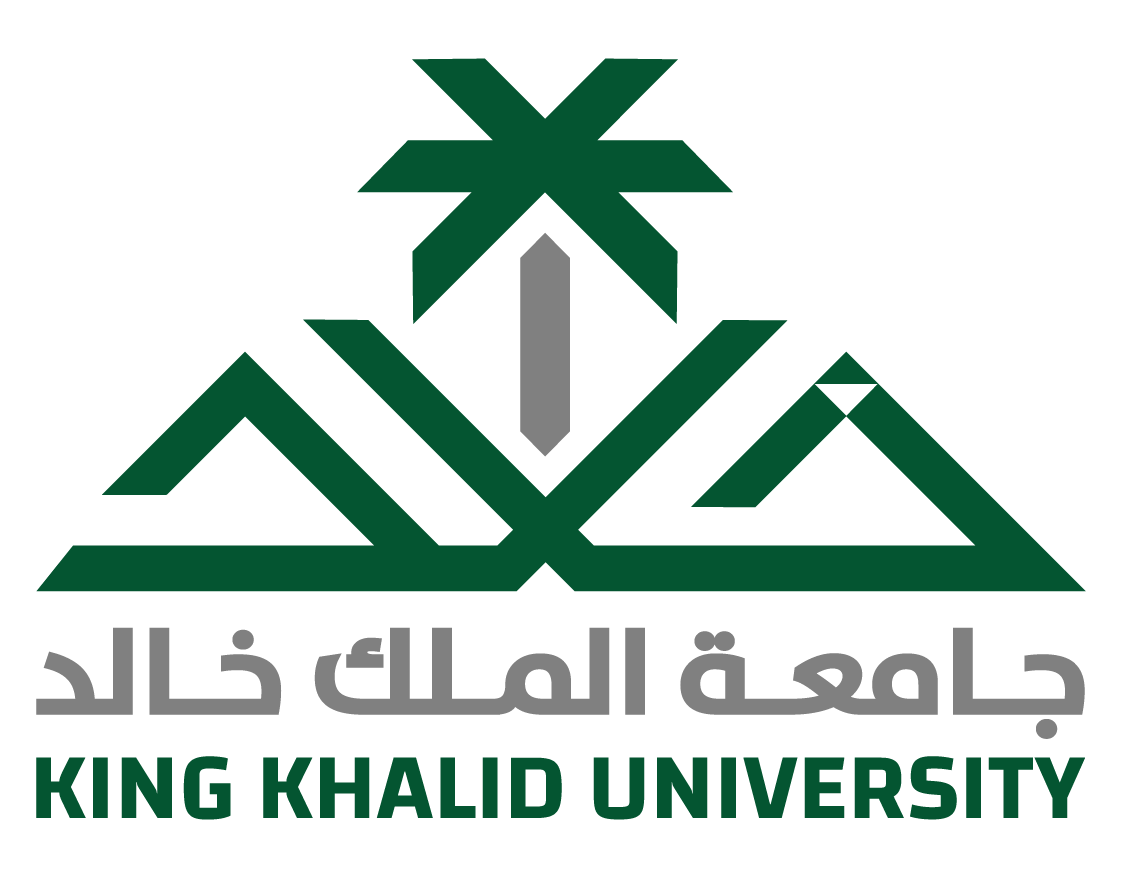الملخص
In addition to the adverse impacts of elevated ground-level ozone on human health, it can damage agricultural yields and other ecosystems. It affects the plant growth and production efficiency as it reduces the carbon sink through the green leaves. Ground level ozone occurs as a product of photochemical reaction in the air contaminated with by nitrogen oxides (NOx) and volatile organic compound (VOCs) known as ozone precursors. This study evaluates the ground-level ozone concentrations during the last decade in three (3) main cities (Jubail, Dammam and Hofuf) located in the Eastern Province of Saudi Arabia. The study process was divided into five (5) main parts: collecting the data, processing data, statistically analyzing data, exploring the ozone episodes, and examining the long term and seasonal trends of ozone. In the study area (Eastern Province of Saudi Arabia), the population increased at an average annual growth rate of 2.2% during the past few years. In addition to the booming industrial activities, such exponential growth in population is expected to result in increasing the number of automobiles on the road and hence increasing emissions of ozone main precursors (NOx and VOCs). Results showed that the eastern province of Saudi Arabia is a nonattainment area as the number of exceedances to the national standards was 189, 134 and 68 for Jubail, Dammam and Hofuf respectively. The ground-level ozone seasonal trend was in line with the solar radiation trending where they both peak in the month of June. The ozone concentration is higher on Fridays and Saturdays than the other weekdays. This indicates that the eastern province of Saudi Arabia is what is called a VOC-limited area. The outcome of this study suggests that there is a pressing need for a cooperative research program to conduct investigative studies on ground-level ozone issues in the eastern province of Saudi Arabia

